Dirt Planted Tank vs Aqua Soil Planted Tank
Planted aquariums are one of the most rewarding setups in the hobby. They don’t just look beautiful; they also create a natural, healthy environment for fish and shrimp. When building a planted tank, most people face a common question:
Both methods work, but dirt tanks often prove to be more powerful, budget-friendly, and long-lasting when done correctly. This guide explains the difference, provides a step-by-step setup, and discusses why a dirt-planted tank might be the better choice for you.
What Is a Dirt Planted Tank?
A dirt-planted tank uses regular soil (usually organic garden soil without chemicals or fertilizers) as the main nutrient layer at the bottom of the aquarium. This soil is then capped with sand or gravel to prevent it from mixing directly into the water.
- Nutrients: Plants draw minerals and organic matter directly from the soil.
- Cost-effective: Dirt is cheap or even free compared to expensive aqua soils.
- Natural look: With proper capping, the tank resembles a true underwater ecosystem.
What Is an Aqua Soil Planted Tank?
Aqua soil is a commercially manufactured substrate made specifically for aquariums. Popular brands include ADA Amazonia, Fluval Stratum, and others. These substrates contain nutrients and are designed to lower pH and soften water.
- Easy to use: Just pour it into the tank.
- Cleaner: Does not cloud water like dirt.
- Beginner-friendly: Less risk of mistakes in setup.
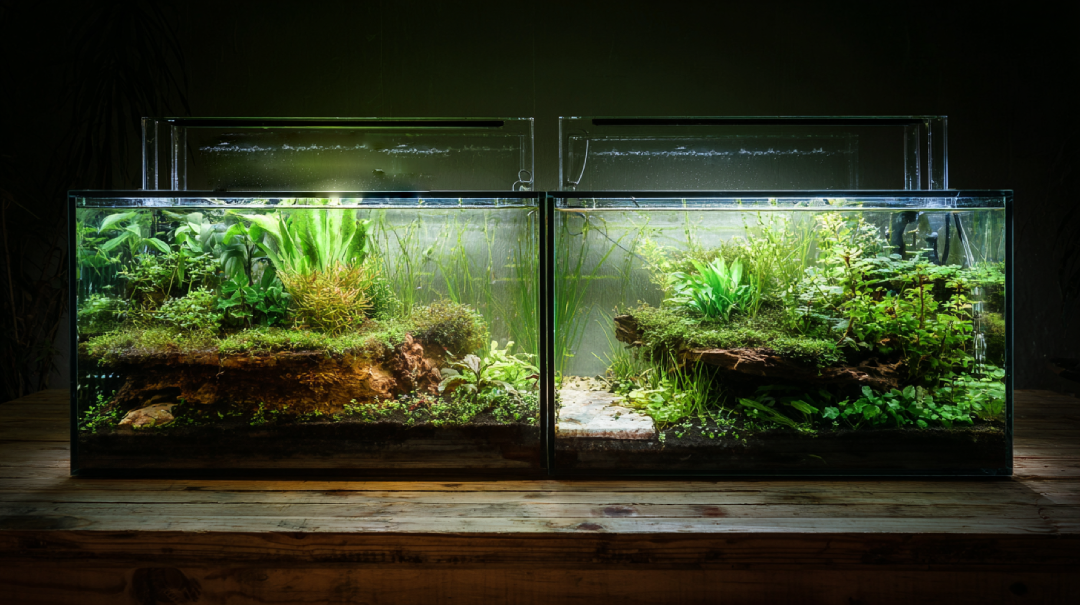
Key Differences: Dirt vs Aqua Soil
| Feature | Dirt Planted Tank | Aqua Soil Planted Tank |
| Cost | Very cheap or free | Expensive (especially in Pakistan) |
| Nutrient Supply | Strong, long-lasting | Good but depletes in 1–2 years |
| Setup | Requires layering and care | Simple, just add and fill with water |
| Water Clarity | Risk of cloudiness if disturbed | Usually clear |
| Control | Nutrient-rich but harder to fine-tune | More controlled and stable |
| Lifespan | Can last 3–5 years without replacing | Often needs replacement after 1–2 years |
Why Dirt Tanks Are Better
- Long-Term Nutrients: Soil holds organic matter, minerals, and trace elements. Unlike aqua soil that exhausts in 1–2 years, dirt can feed plants for several years without needing replacement.
- Budget-Friendly: In Pakistan, aqua soil is expensive and not always available. Garden soil or organic soil is easy to find locally, making dirt tanks affordable for everyone.
- Stronger Plant Growth: Aquarium plants like Amazon swords, crypts, and stem plants grow faster and healthier in dirt tanks because of the natural richness of the soil.
- Natural Ecosystem: Dirt mimics nature. It provides microorganisms that help balance the aquarium, supporting both plants and fish.
Step-by-Step Guide: Setting Up a Dirt Planted Tank
1. Choose the Right Soil
- Use organic potting soil without fertilizers, pesticides, or chemicals.
- Avoid soils with perlite or white particles; they float.
2. Prepare the Tank
- Wash the tank and place a thin layer (about 1 inch) of soil at the bottom.
- Add optional additives like crushed clay or garden compost in small amounts for extra minerals.
3. Cap the Soil
- Add 1–2 inches of sand or gravel on top of the soil.
- This prevents soil from mixing with water and keeps the tank clear.
4. Add Hardscape
- Place rocks, driftwood, or decorations before filling the water.
- This prevents disturbance later.
5. Fill Water Slowly
- Use a plate or plastic bag while filling water so the soil doesn’t stir up.
- The tank may be slightly cloudy at first, but it clears within a day or two.
6. Plant Heavily
- Plant fast-growing stems, carpeting plants, and root feeders directly into the soil.
- The more aquarium plants you add at the beginning, the faster the tank stabilizes.
7. Add Fish Later
- Wait 2–3 weeks before adding fish.
- This gives plants time to root and prevents harmful spikes in water parameters.
Tips for Maintaining a Dirt Tank
- Avoid Disturbing the Substrate: Do not over-dig or move plants too often. Disturbing the soil can cloud the water.
- Regular Water Changes: Perform 25% weekly water changes, especially in the first month. Dirt releases nutrients slowly, so fresh water balances the system.
- Control Lighting: Too much aquarium light with fresh soil can cause algae. Start with 6 hours per day and increase gradually.
- Use Floating Plants: Plants like water lettuce or duckweed absorb excess nutrients and help maintain a balanced tank.
Common Mistakes to Avoid
- Using chemical-rich soil → Harmful to aquarium fish.
- Skipping the cap layer → Soil will rise and make the water muddy.
- Overstocking fish early → Tank needs time to stabilize before adding a heavy bioload.
- Over-fertilizing → Dirt already has strong nutrients, so avoid extra root tabs in the beginning.
Final Discussion
Both dirt and aqua soil can create beautiful planted aquariums. However, if you want a powerful, low-cost, and long-lasting setup, dirt-planted tanks are the better choice. They may require more care during setup, but once established, they deliver healthier plants, stronger growth, and a natural ecosystem that aqua soils can’t match.

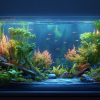
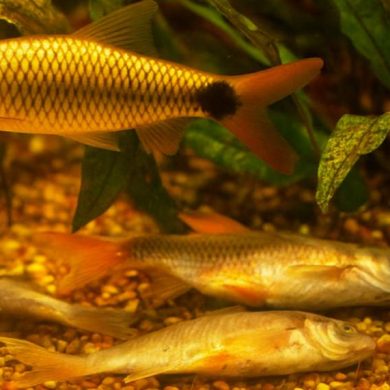
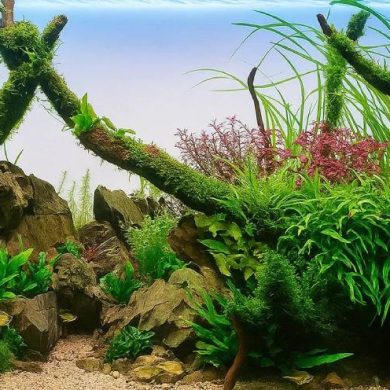
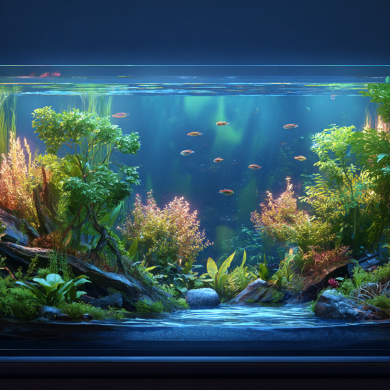
Add comment